Today, we’re taking a look at the most common bird species in Idaho. We’ve separated the info by popular songbirds and nonsongbirds. Enjoy!
Key Takeaways
- Idaho’s habitats support a diverse range of over 430 bird species.
- Migratory patterns contribute to Idaho’s dynamic avian population.
- Conservation initiatives are vital to sustaining Idaho’s bird diversity.
Songbirds of Idaho Identification Table
| Image | Bird Species | Scientific Name | Preferred Habitat | Notable Characteristics |
|---|---|---|---|---|
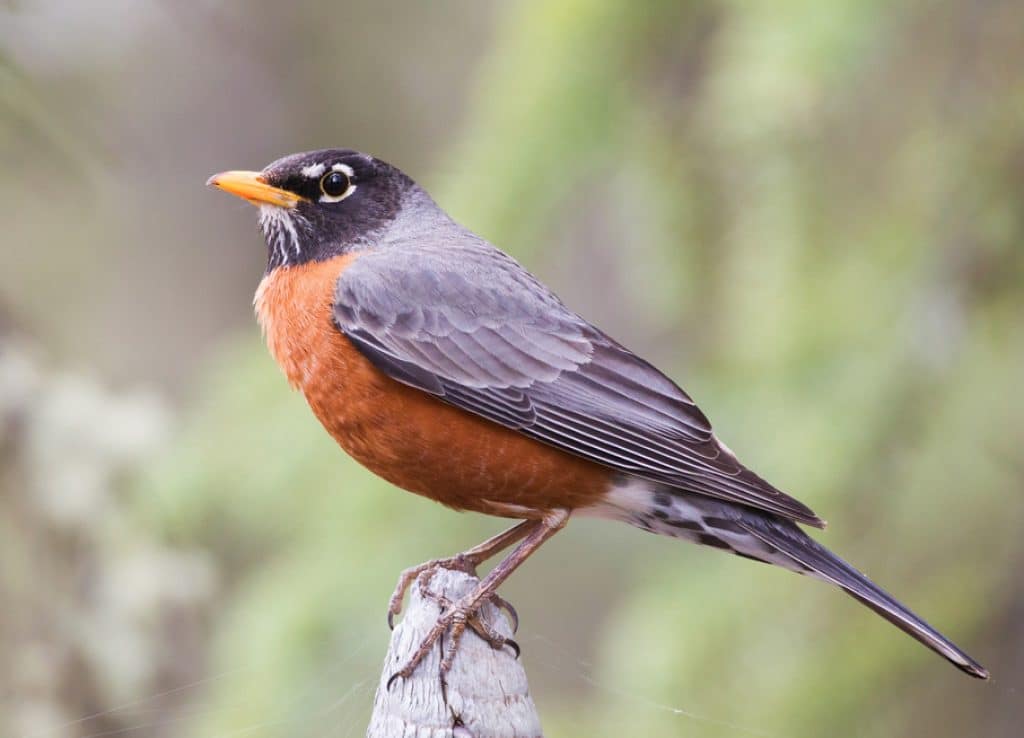 | American Robin | (Turdus migratorius) | Urban areas, forests, gardens | Reddish-orange breast, dark back, bright, cheery song |
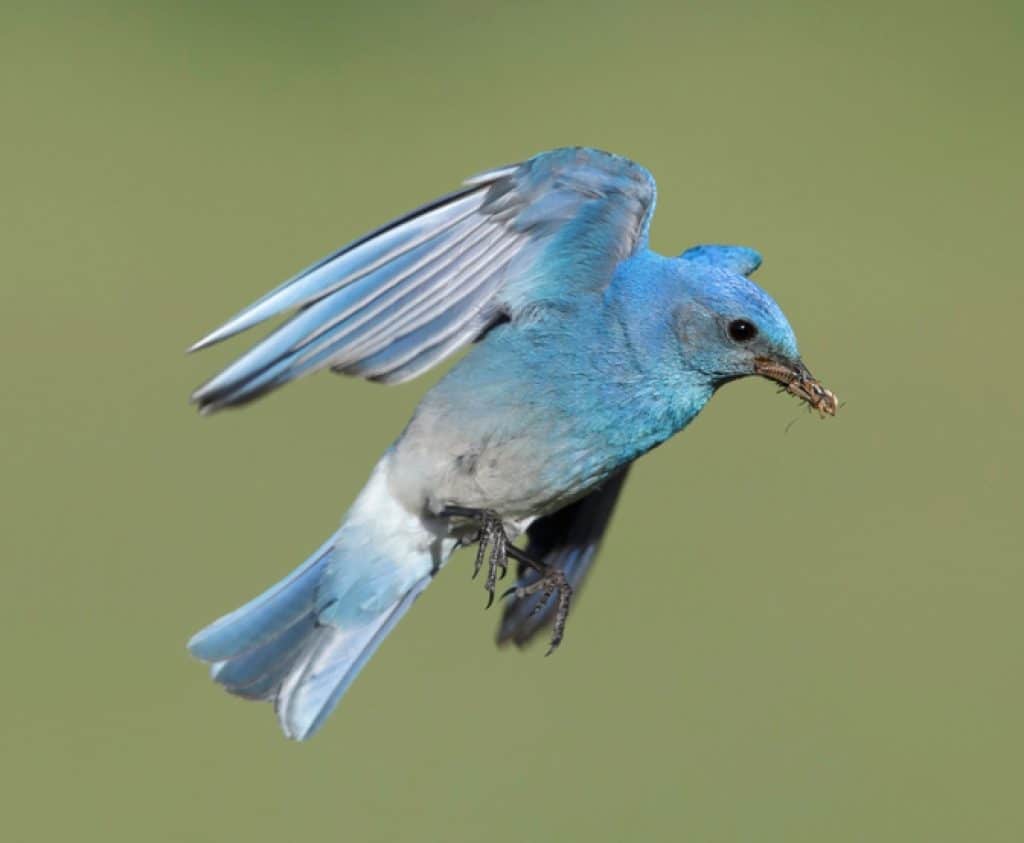 | Mountain Bluebird | (Sialia currucoides) | Open woodlands, meadows | Bright blue in males, pale blue in females, fluttery flight |
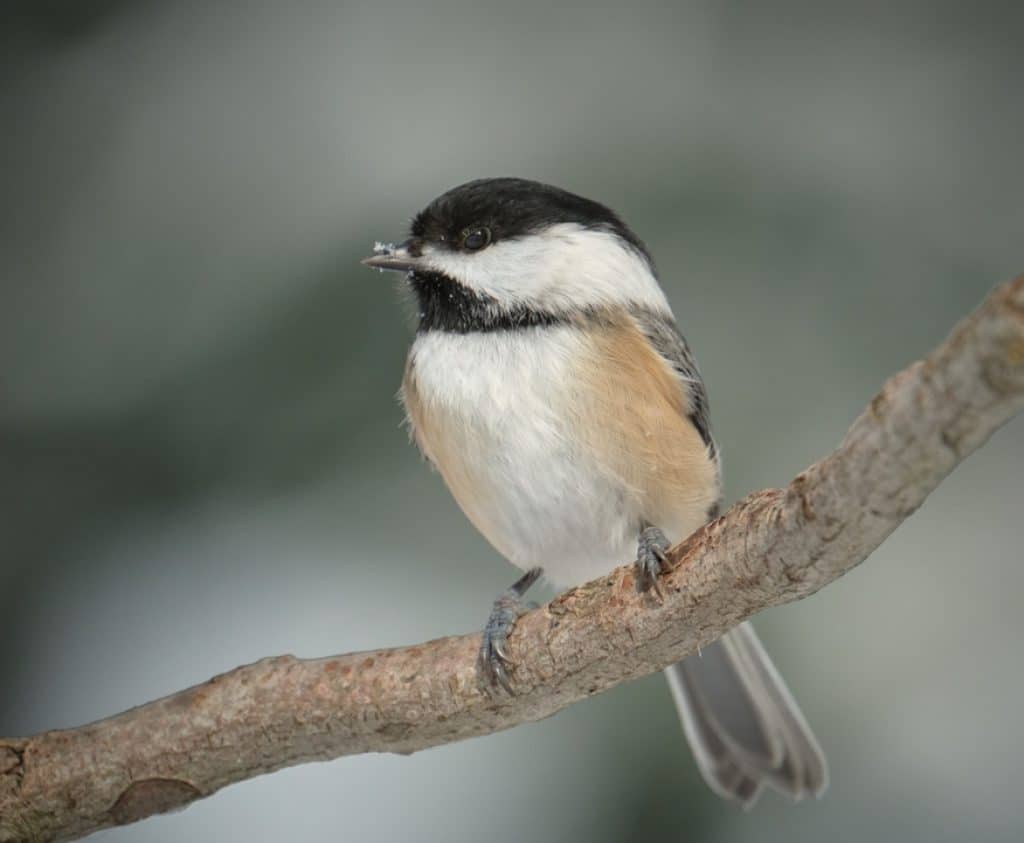 | Black-capped Chickadee | (Poecile atricapillus) | Forests, woodlands | Black cap and bib, cheerful song, acrobatic feeder |
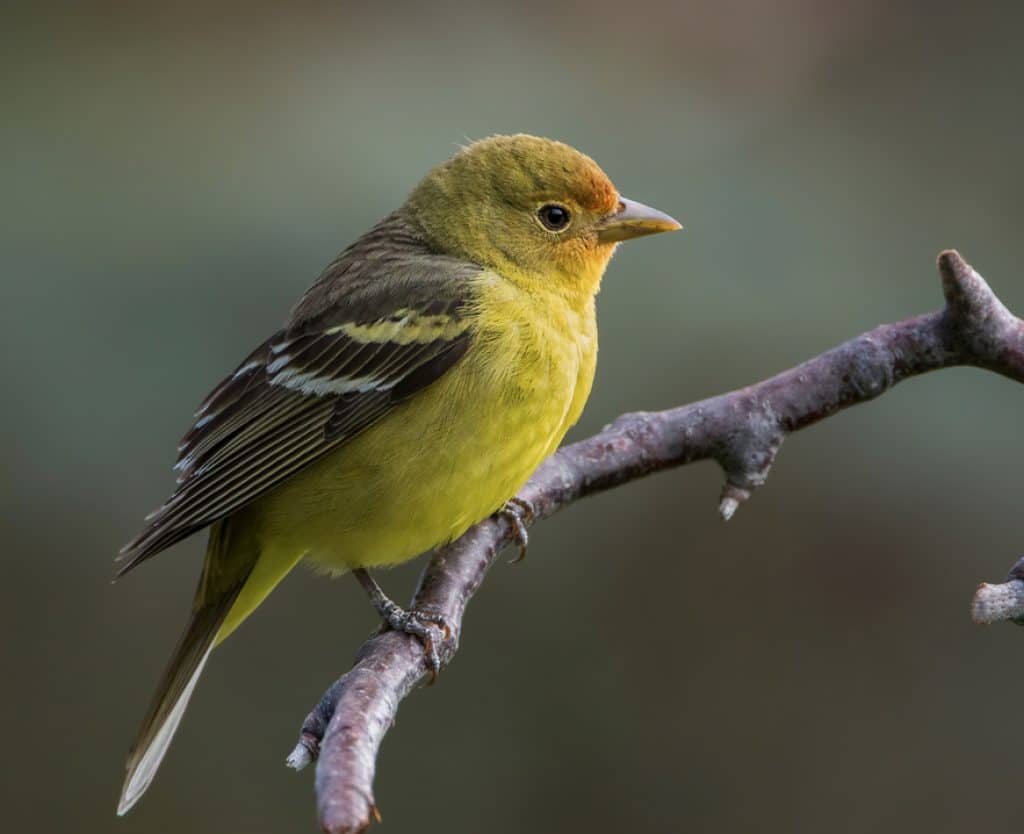 | Western Tanager | (Piranga ludoviciana) | Coniferous forests | Bright yellow body, black back, wings, and red head in males |
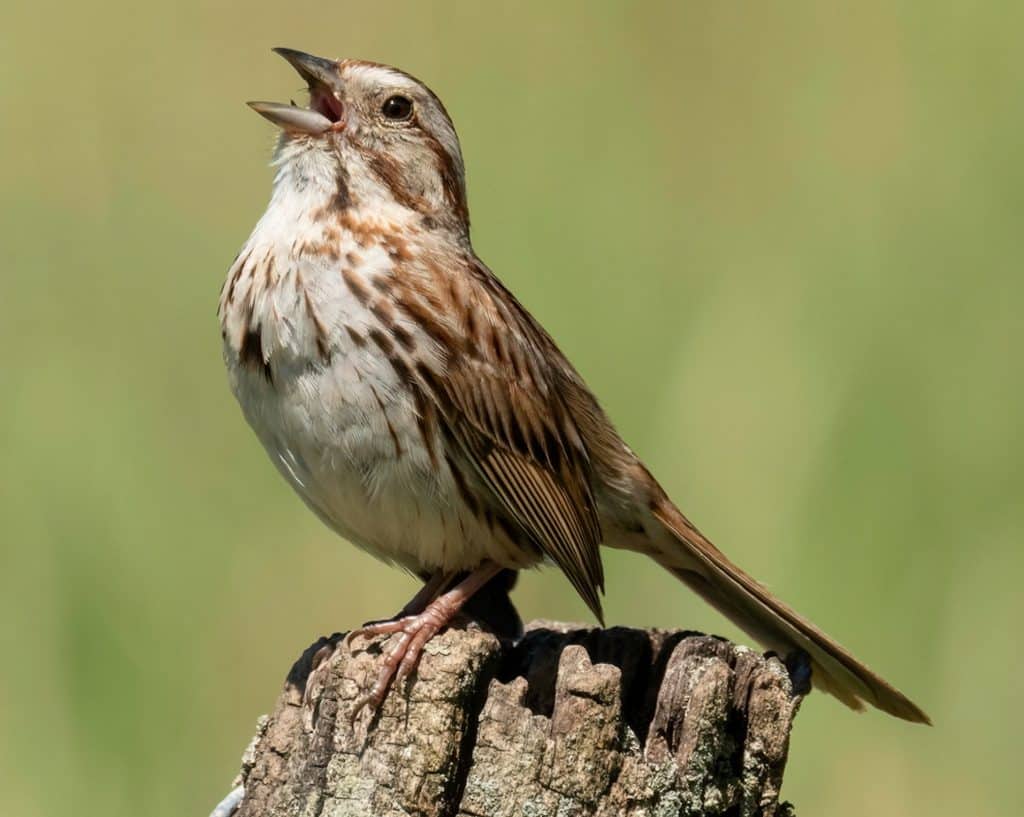 | Song Sparrow | (Melospiza melodia) | Marshes, fields, edges of water | Streaked brown plumage, melodious and complex song |
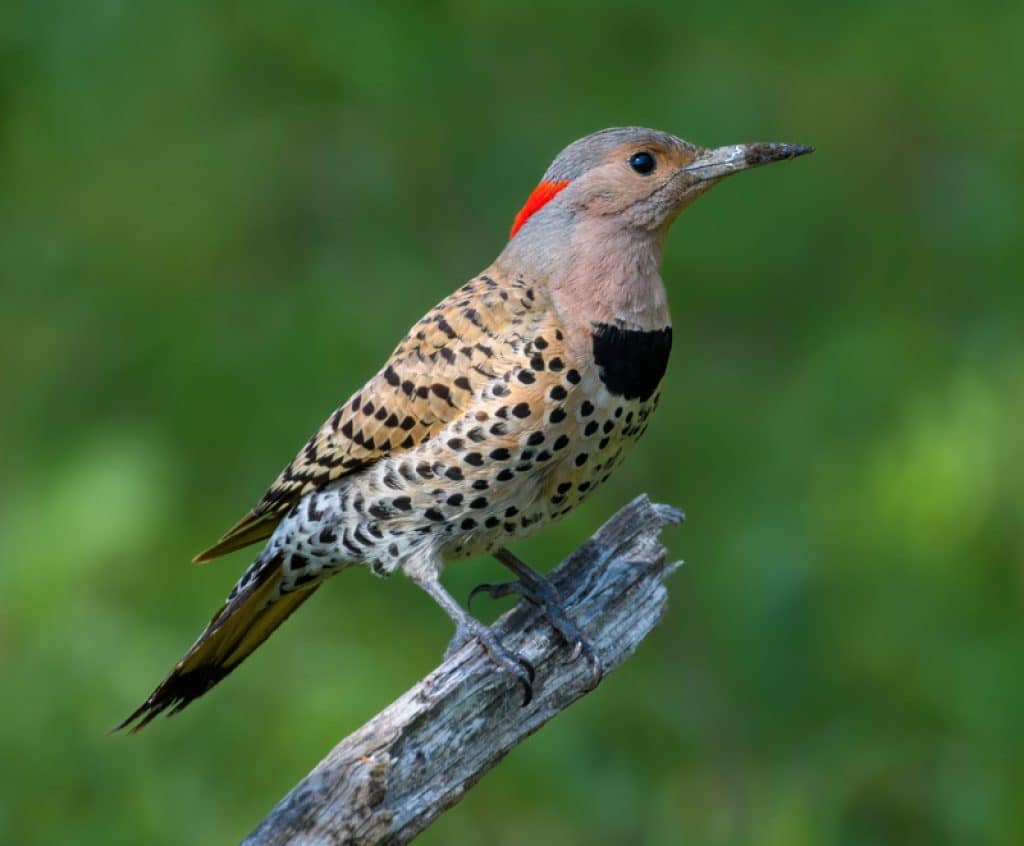 | Northern Flicker | (Colaptes auratus) | Woodlands, forests, yards | Brown with black bars, loud call, ground feeder |
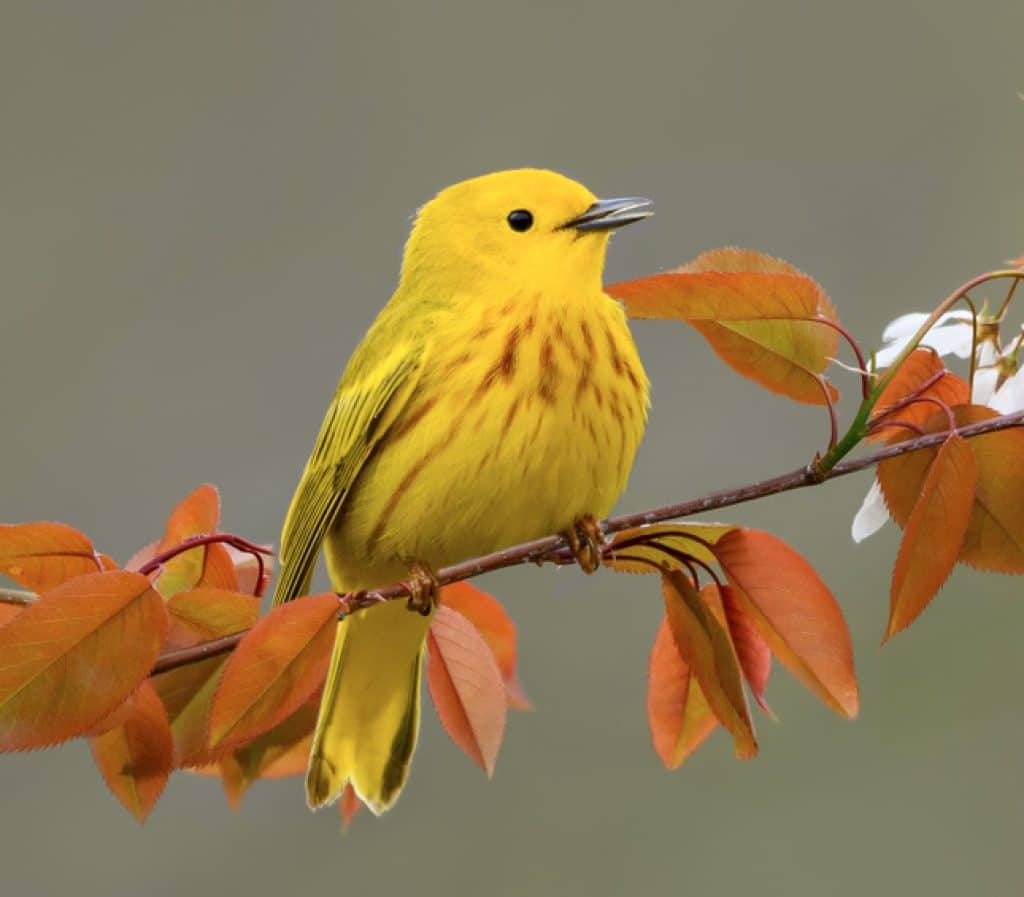 | Yellow Warbler | (Setophaga petechia) | Shrubby areas near water | Bright yellow, sweet, rapid song |
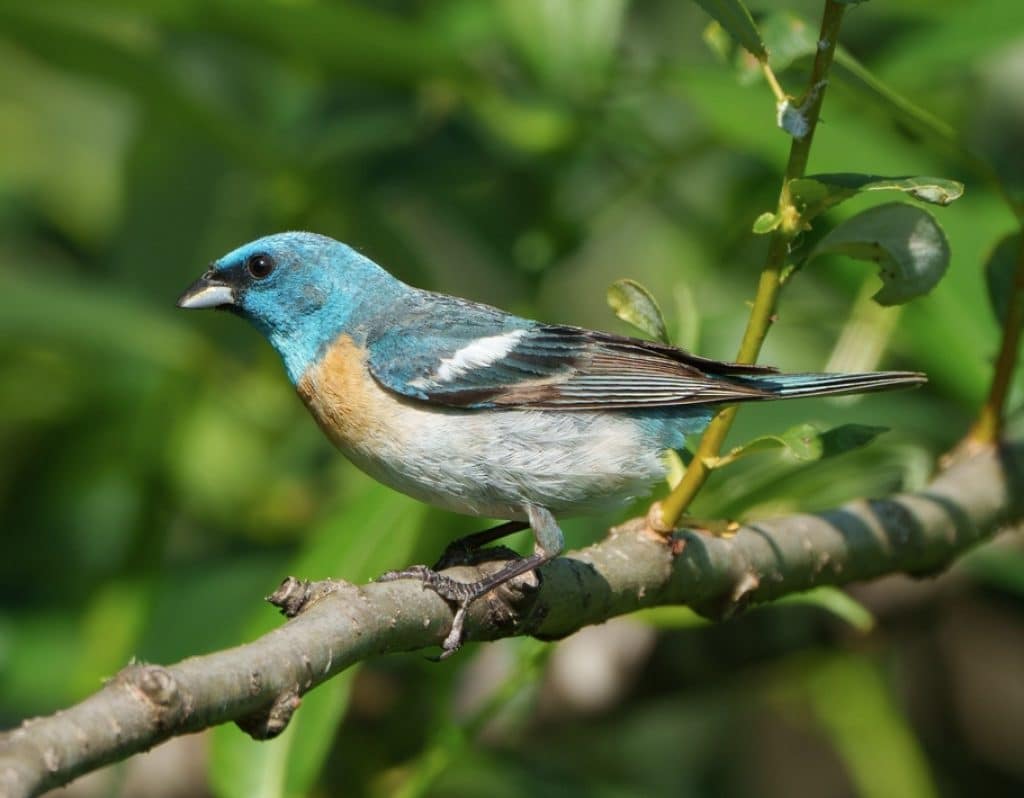 | Lazuli Bunting | (Passerina amoena) | Brushy areas, open woodlands | Brilliant blue and orange plumage in males, light song |
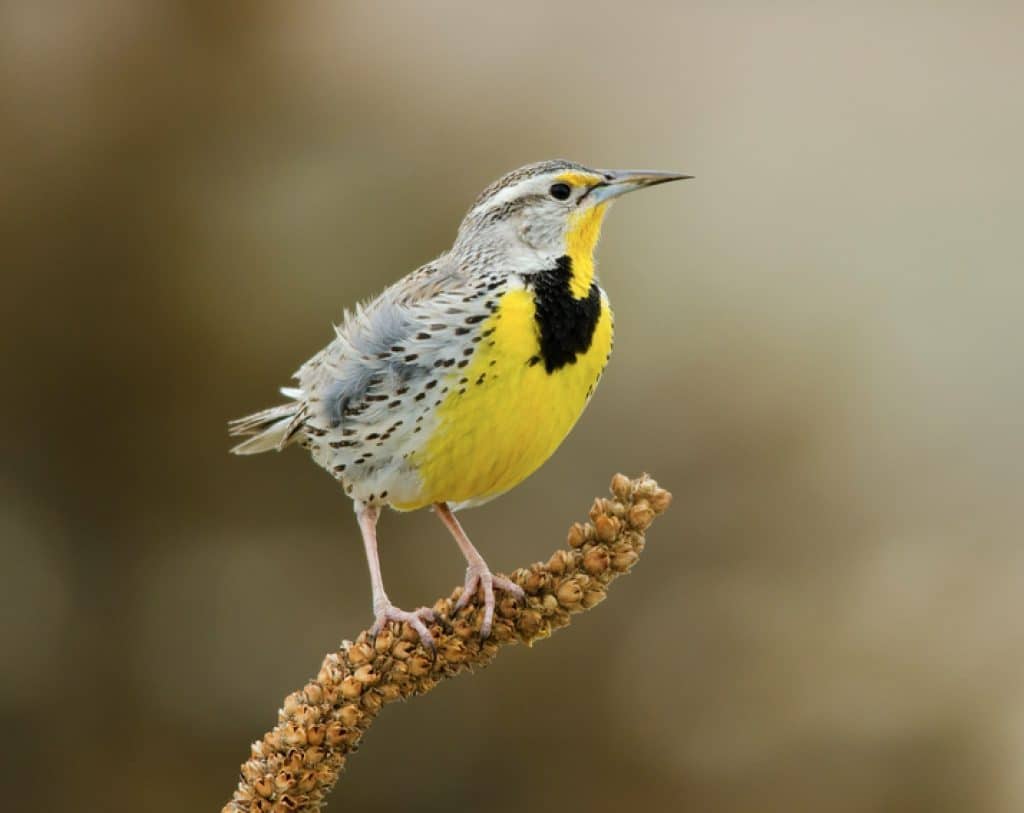 | Western Meadowlark | (Sturnella neglecta) | Open fields, meadows | Yellow breast with a black “V”, melodious flutelike song |
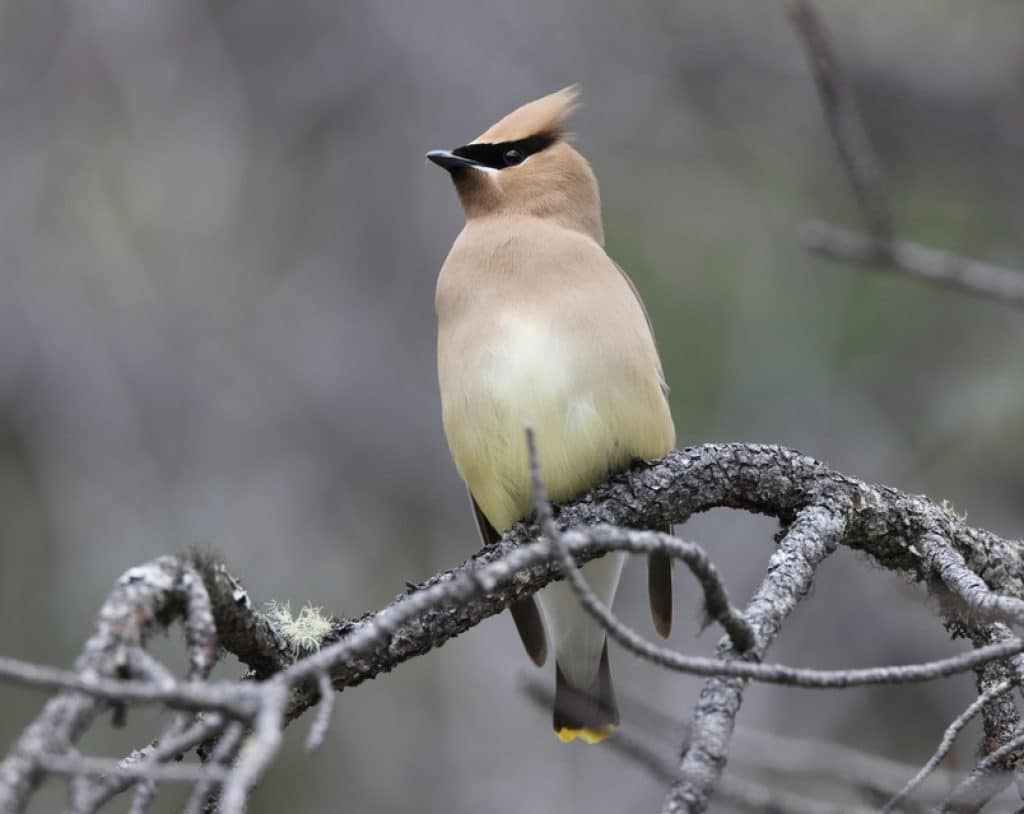 | Cedar Waxwing | (Bombycilla cedrorum) | Wooded areas with berry sources | Sleek, brown, and gray with a yellow band on tail, high-pitched whistles |
Popular Non Songbirds of Idaho
| Image | Bird Species | Scientific Name | Preferred Habitat | Notable Characteristics |
|---|---|---|---|---|
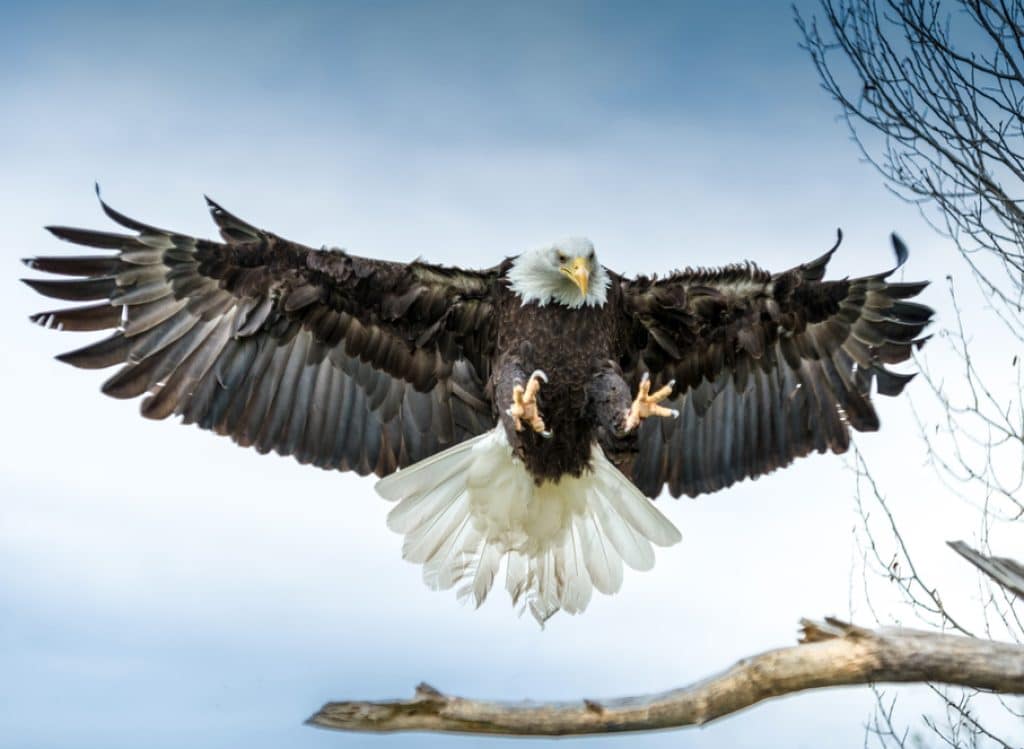 | Bald Eagle | (Haliaeetus leucocephalus) | Lakes, rivers, marshes | Large raptor, white head and tail, symbol of the United States |
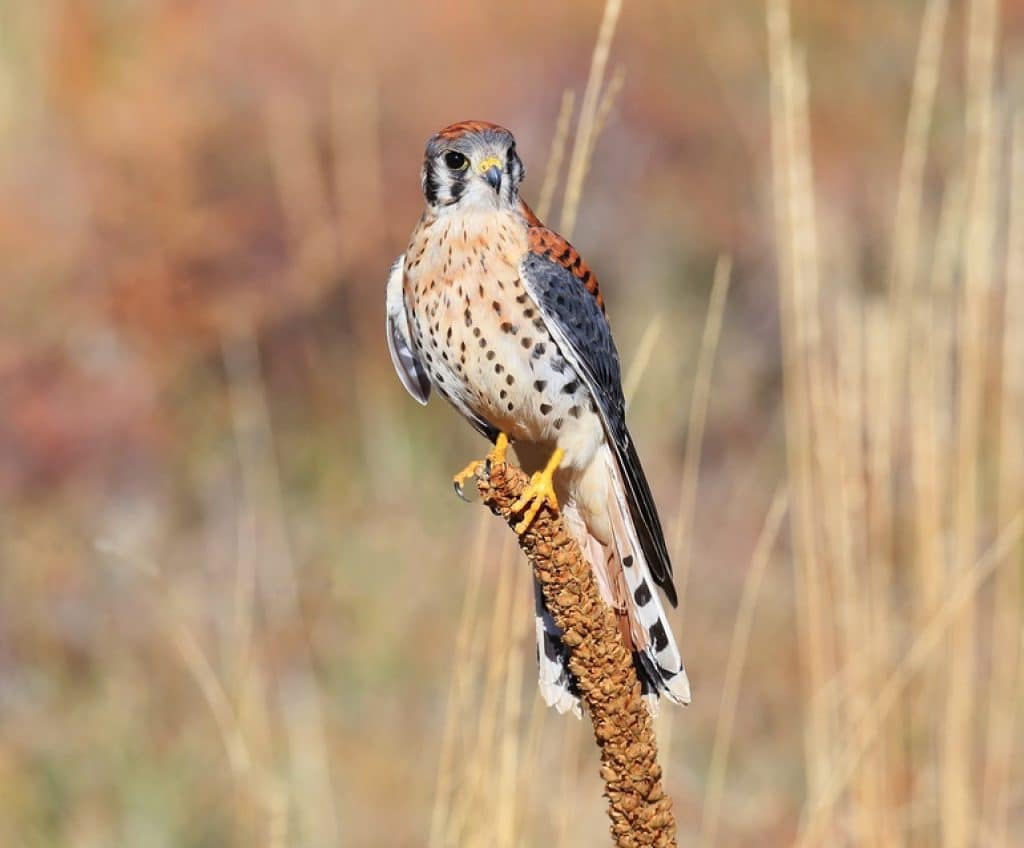 | American Kestrel | (Falco sparverius) | Open fields, meadows, deserts | Small falcon, colorful plumage, notable hover hunting technique |
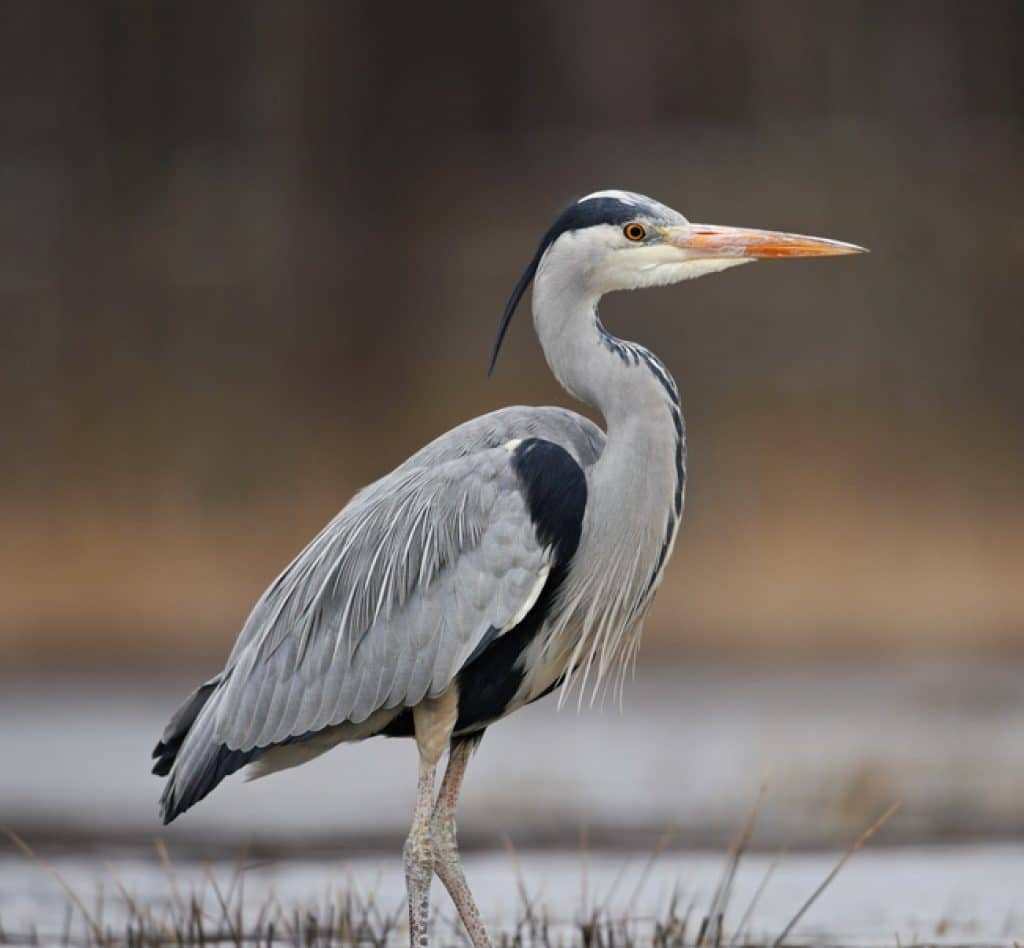 | Great Blue Heron | (Ardea herodias) | Wetlands, rivers, lakes | Large wader, blue-gray color, long legs and neck |
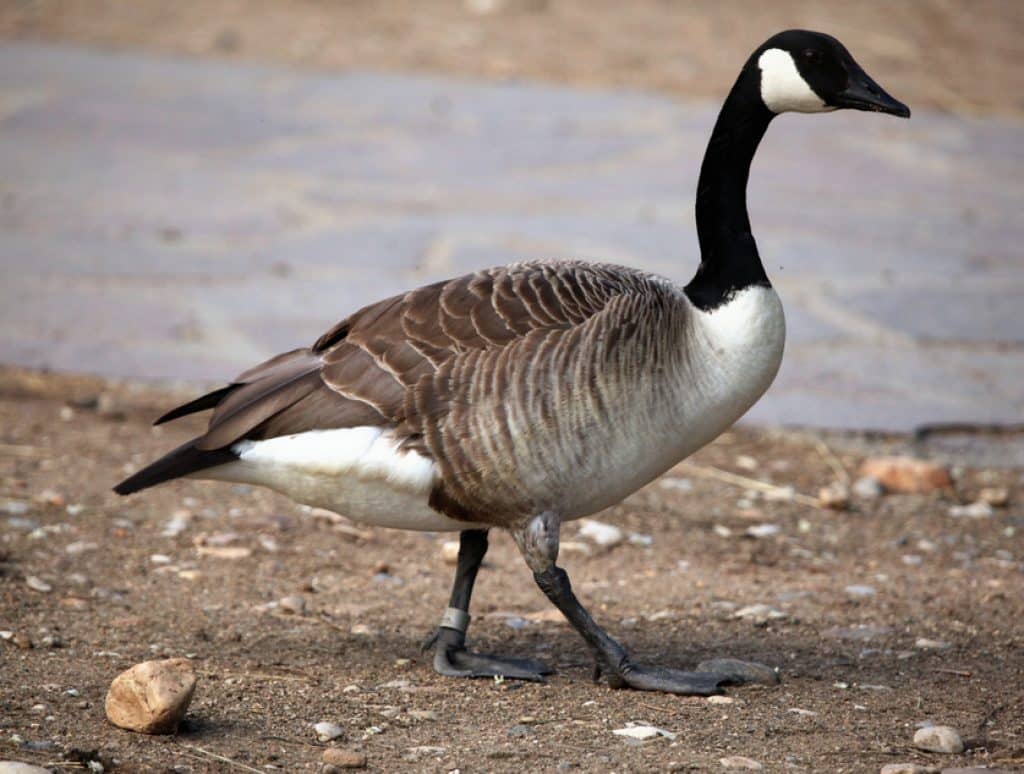 | Canada Goose | (Branta canadensis) | Lakes, ponds, rivers | Large waterfowl, black head and neck, white cheek patches |
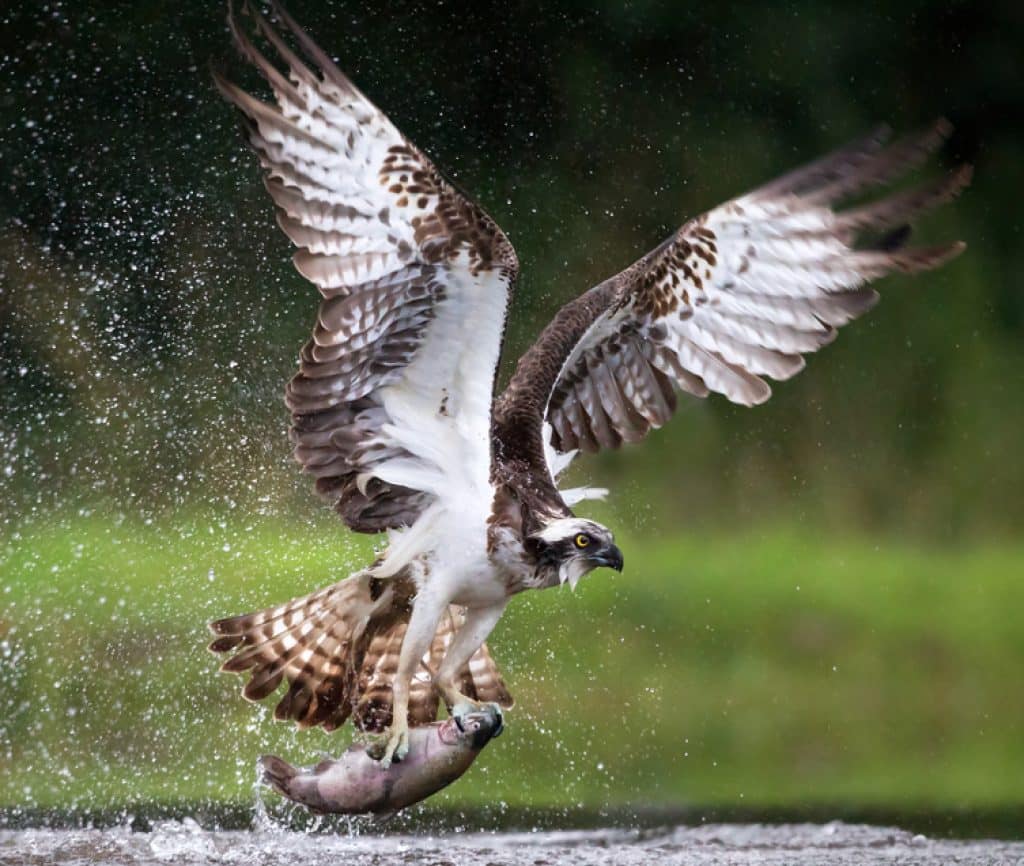 | Osprey | (Pandion haliaetus) | Lakes, rivers, coastal regions | Large raptor, fish diet, distinctive diving fishing method |
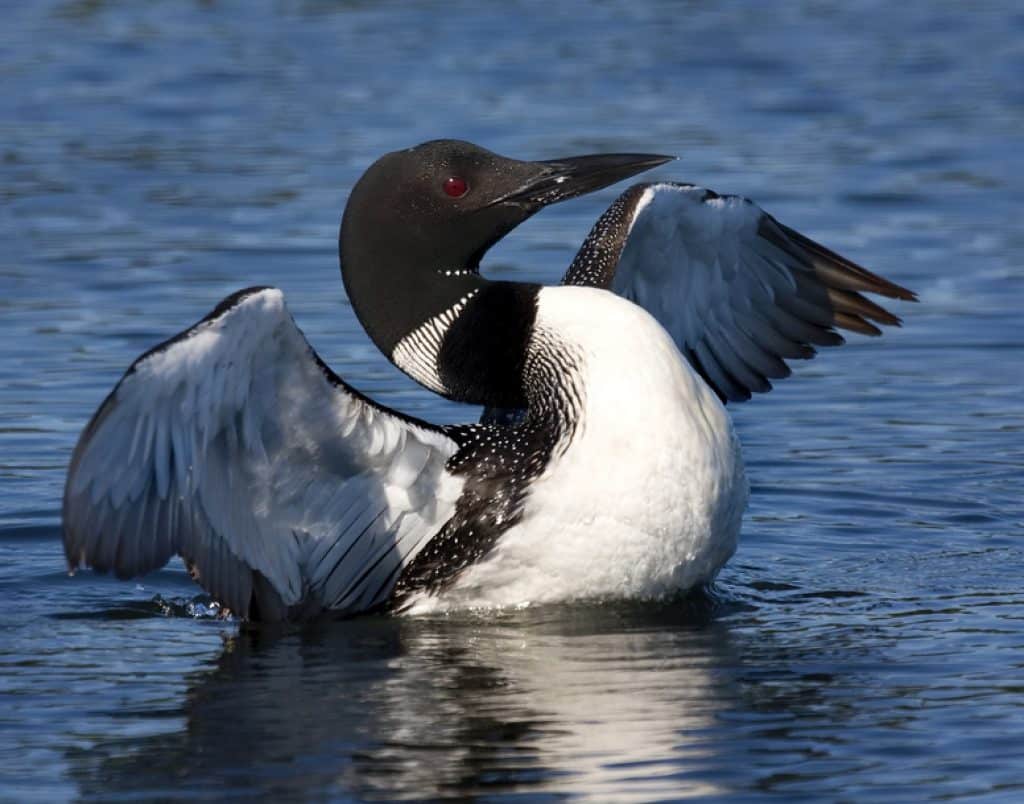 | Common Loon | (Gavia immer) | Lakes, large ponds | Black and white plumage, eerie calls, excellent diver |
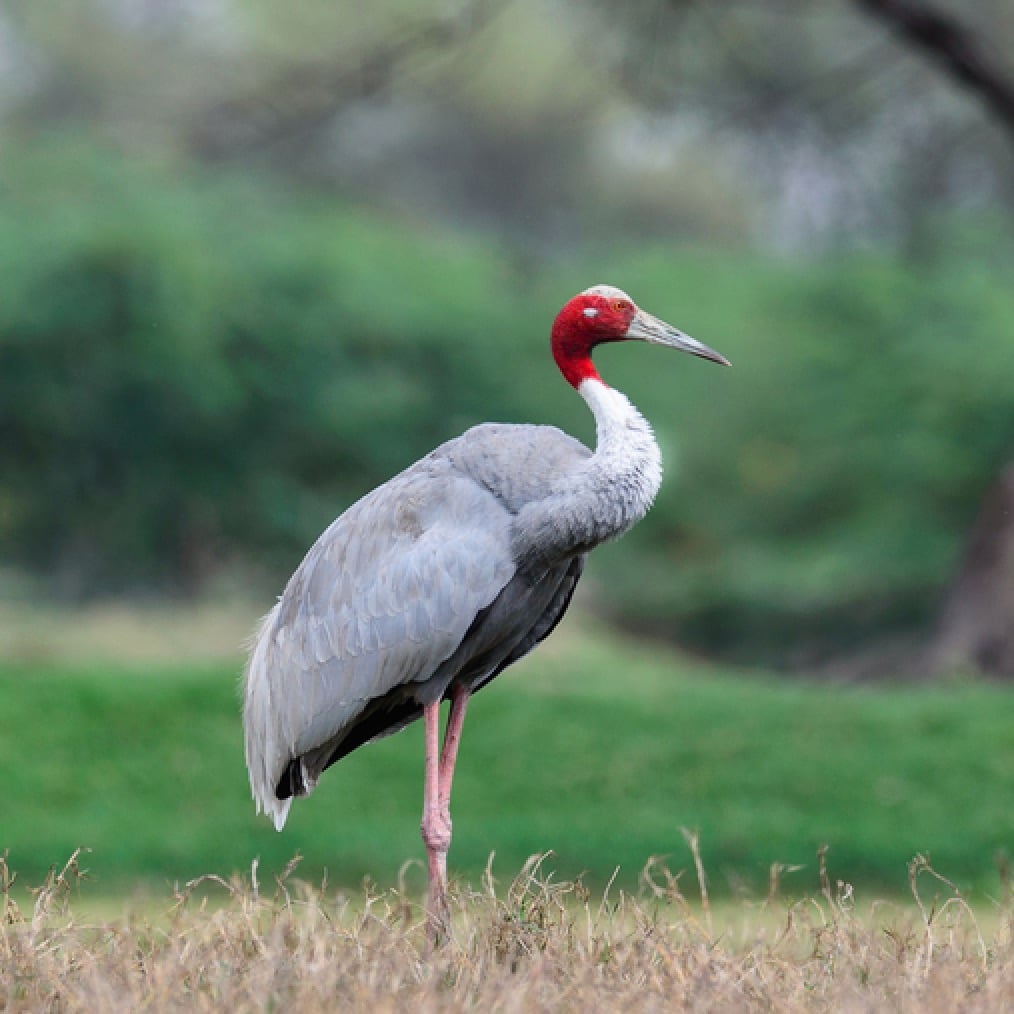 | Sandhill Crane | (Antigone canadensis) | Wetlands, fields, meadows | Tall, gray bird, red forehead, trumpeting call |
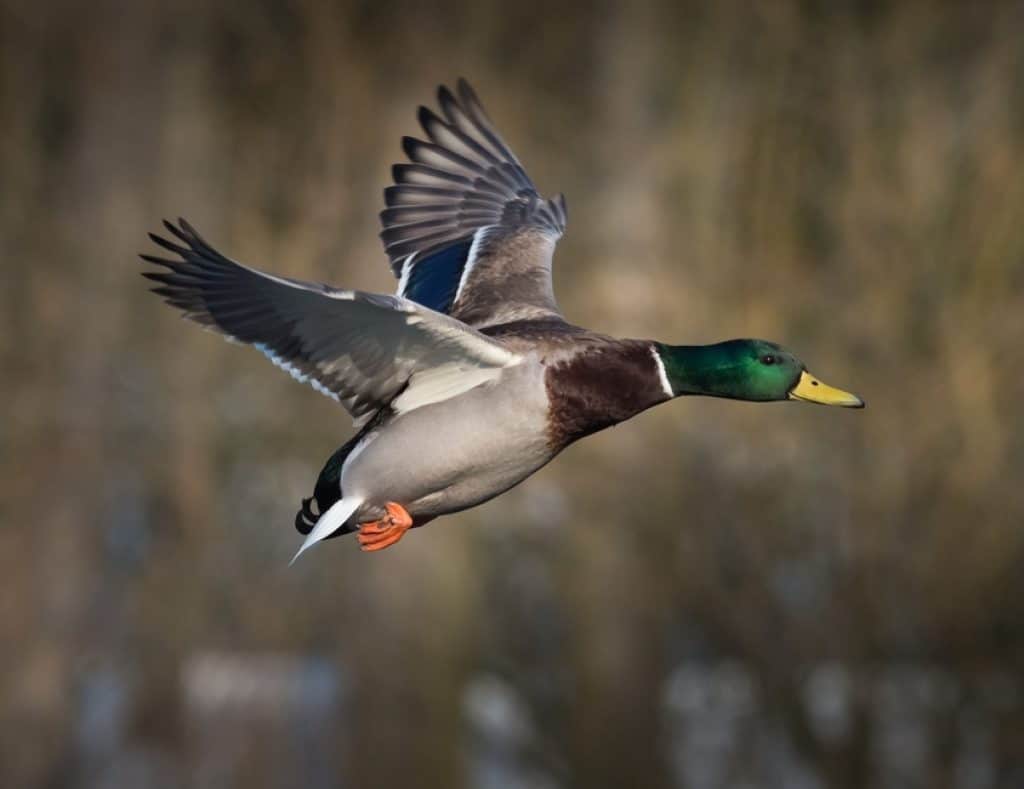 | Mallard | (Anas platyrhynchos) | Ponds, lakes, rivers | Green head in males, mottled brown in females, quintessential duck |
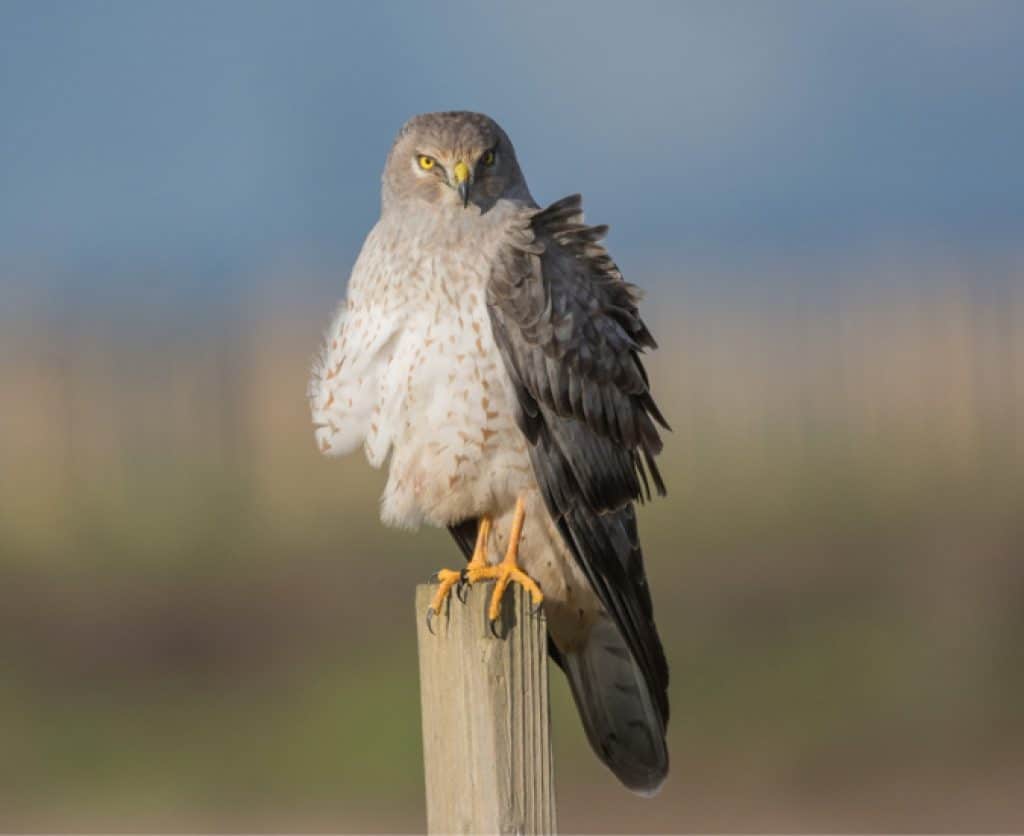 | Northern Harrier | (Circus hudsonius) | Open fields, marshes | Distinctive white rump patch, low flight over fields |
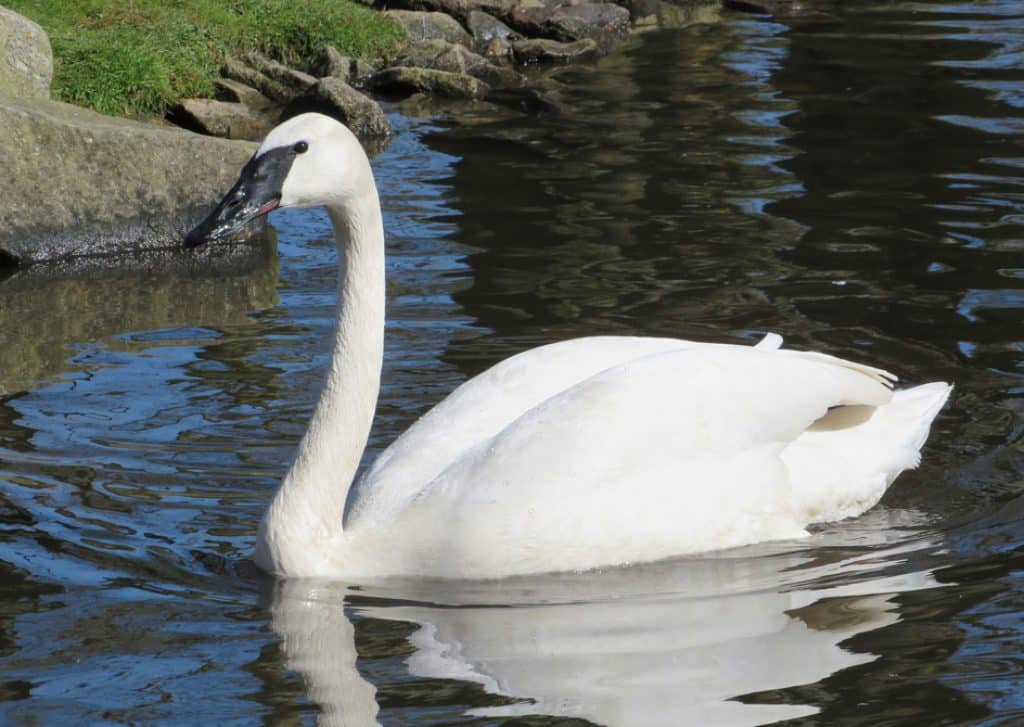 | Trumpeter Swan | (Cygnus buccinator) | Lakes, ponds, large rivers | Largest North American waterfowl, all white, loud trumpeting call |
Habitats of Idaho Birds
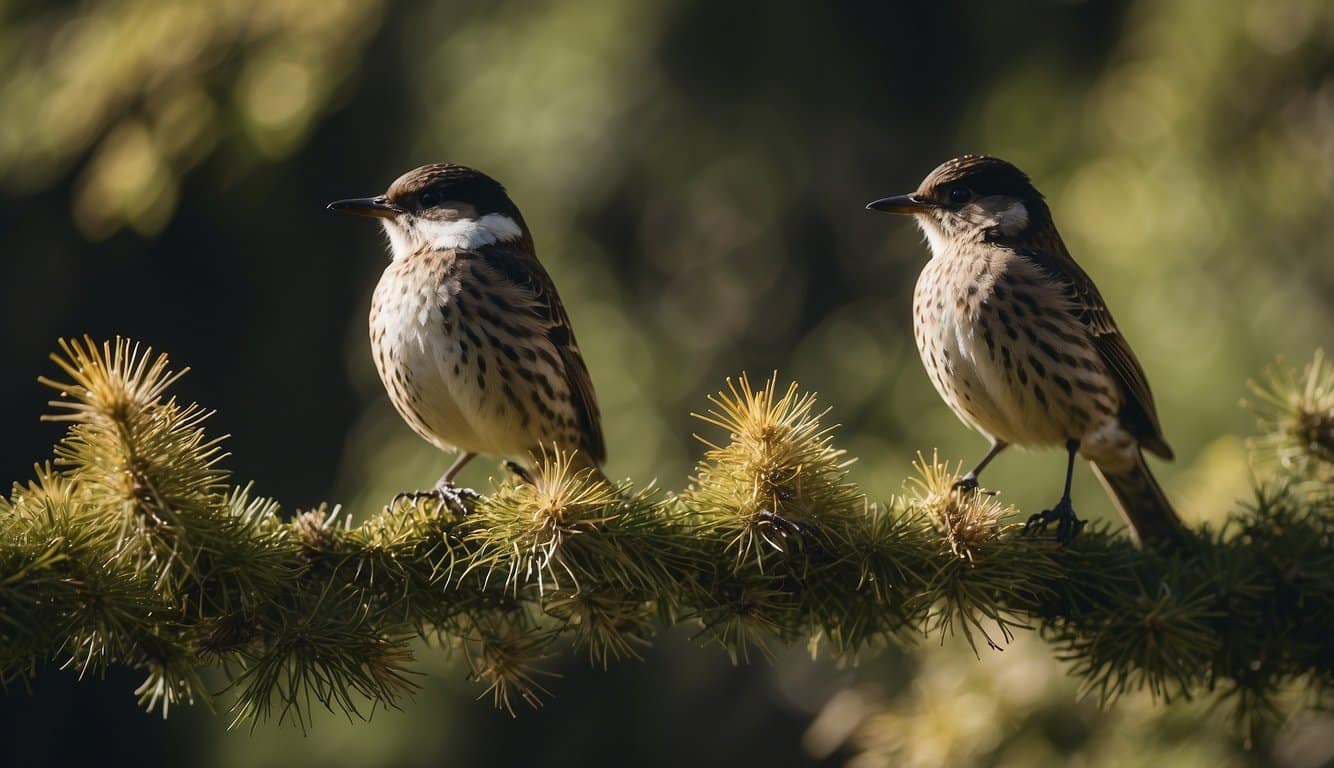
Idaho’s diverse landscapes provide a plethora of habitats for a variety of bird species, each offering unique resources such as shelter, food, and nesting sites.
Forests
Forests in Idaho are home to a wide range of avian species due to their dense canopy cover and abundant food sources.
The Cassia Crossbill, for example, thrives in coniferous forests where it can use its specialized beak to extract seeds from pine cones.
Rivers and Lakes
Rivers and lakes offer a fertile environment for birds that rely on aquatic ecosystems.
The Bald Eagle, with its impressive wingspan, is often sighted along Idaho’s waterways, taking advantage of the rich fishing opportunities and large trees for nesting.
Wetlands
Wetlands in Idaho are crucial for birds that depend on these marshy areas for survival.
Birds like the Yellow-headed Blackbird utilize the reeds and rushes of wetlands for nesting and as a source of insects and other small prey.
Grasslands
In the grasslands of Idaho, birds such as the Western Meadowlark find an open habitat conducive to foraging on the ground.
These open spaces are important for ground-nesting birds and also provide excellent visibility for spotting predators.
Common Species
Idaho boasts a diverse bird population, spanning from majestic birds of prey soaring through the skies to melodic songbirds that enliven the region’s forests and meadows.
Bird enthusiasts can marvel at the array of waterfowl populating Idaho’s wetlands and catch a glimpse of elusive owls under the cover of dusk.
Raptors and Birds of Prey
Bald Eagle: An iconic American symbol, the Bald Eagle is often spotted along Idaho’s waterways. With a wingspan that can exceed seven feet, it hunts fish with incredible precision.
Red-tailed Hawk: This raptor is commonly seen perched atop telephone poles or gliding over open fields, identifiable by its reddish-brown tail.
Waterfowl
Mallard: The Mallard is a familiar sight in Idaho, easily recognized by the male’s iridescent green head and the female’s speckled brown plumage.
Canada Goose: In parks and near bodies of water, the Canada Goose can be seen grazing on grasses. They are known for their distinctive black head and neck with a white ‘chinstrap’.
Songbirds
American Robin: Robins with their red chests are a familiar sight on lawns, tugging at worms and singing melodious tunes.
Mountain Bluebird: Idaho’s state bird, the Mountain Bluebird, graces the state with its vivid blue feathers and can often be found in meadows and open areas hunting for insects.
Owls
Great Horned Owl: Known for its powerful hoots, the Great Horned Owl is a formidable nocturnal predator, claiming territories in dense woods and forest edges.
Barn Owl: With a heart-shaped face, the Barn Owl can be seen at dusk, silently flying over fields and marshes in search of rodents.
Migration Patterns
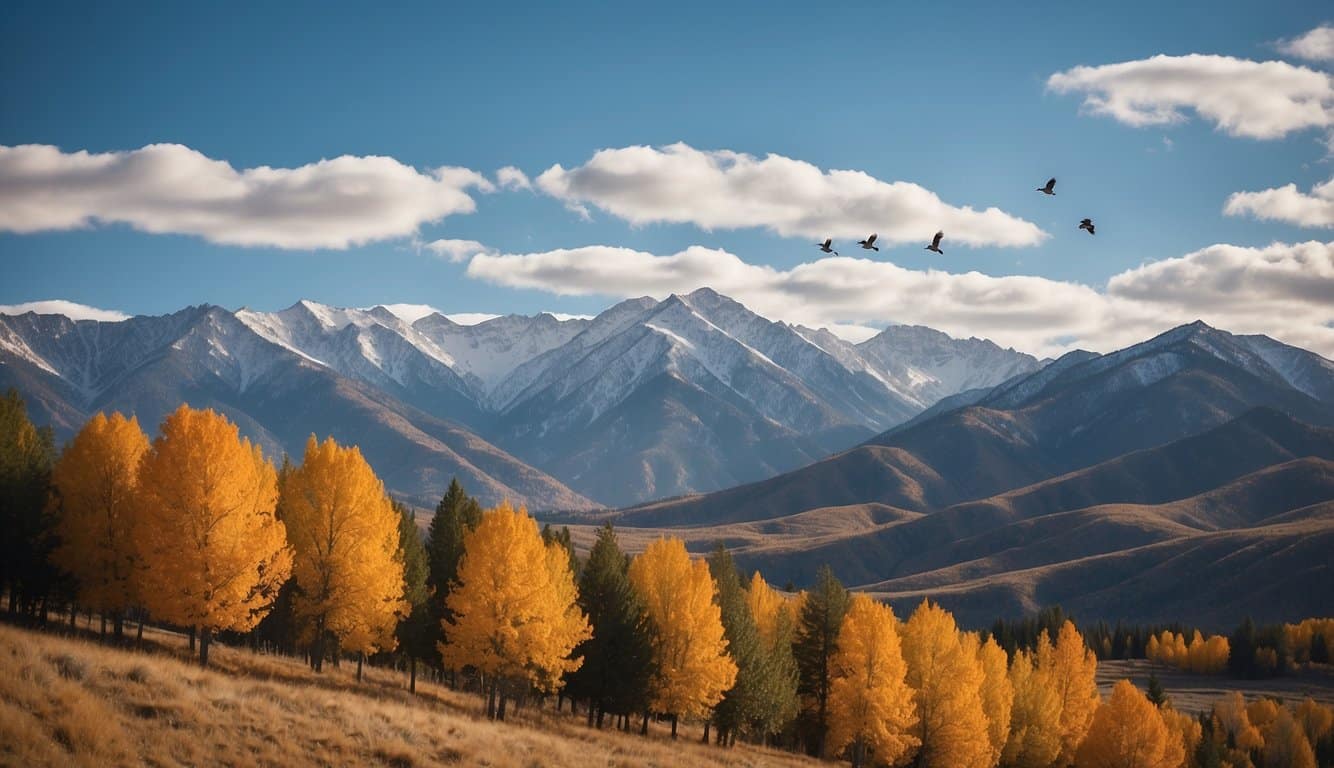
Bird migration in Idaho exhibits complex behaviors, with certain species undertaking remarkable journeys that are crucial for their survival.
Seasonal Movements
Birds in Idaho exhibit distinct migratory behaviors according to the seasons.
During winter, most of the 14 species of Idaho’s bats, which are important for seed dispersal and insect control, migrate short distances up to 60 miles to find suitable hibernation areas.
In contrast, the silver-haired bats and hoary bats embark on much longer travels, covering approximately 600 miles to locate warmer climates.
Additionally, species such as the MacGillivray’s Warbler breed in Idaho and parts of the Pacific Northwest before migrating south in early fall.
Migratory Pathways
The migratory routes of Idaho’s birds are intricately linked to their ecological needs and survival strategies.
Real-time analysis maps show that nocturnal bird migration intensities can be monitored by the US weather surveillance radar network, illustrating the impact of topography and weather patterns on these pathways.
Rough-legged Hawks, which have been noted for their differential migration patterns, rely on Idaho as a significant region during their transit.
These routes are often highly predictable, aligning with the birds’ nesting seasons and overwintering periods, ensuring their successful reproduction and survival during the annual cycle.
Conservation Efforts
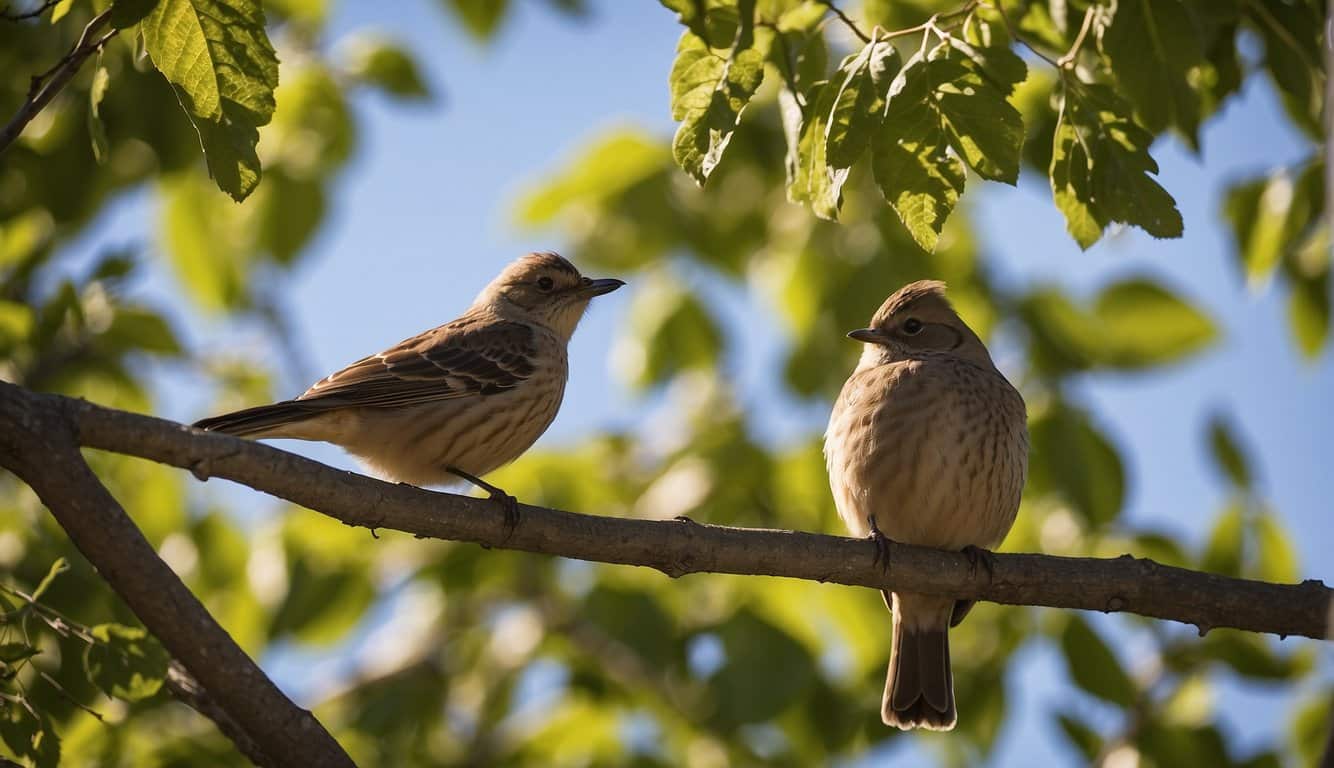
In Idaho, concerted efforts are being made to protect and revitalize bird populations. These include legal protections, rehabilitation initiatives, and community-driven science projects.
Protection Legislation
Idaho has enacted a set of legislation aimed at protecting native bird species.
Notably, the Migratory Bird Treaty Act serves as a foundation for federal protection of migratory birds.
On a state level, Idaho’s Game and Fish Department enforces regulations that prohibit the unlawful taking, possession, or transport of wildlife.
These laws are an essential framework for the preservation of avian species throughout Idaho.
Rehabilitation Programs
Several rehabilitation programs across Idaho work to care for injured, sick, or orphaned birds.
The Idaho Bird Observatory and other similar organizations are dedicated to rehabilitating birds and releasing them back into their natural habitats.
Rehabilitators coordinate with veterinarians and conservationists to ensure that these birds receive the best possible care and contribute to the long-term health of local ecosystems.
Citizen Science Projects
Citizens in Idaho actively participate in various bird conservation projects.
These citizen science initiatives, such as the Christmas Bird Count and Project FeederWatch, involve community members in bird monitoring and data collection.
Participation in these projects not only contributes valuable information to conservation research but also raises public awareness of the importance of bird protection efforts.
Frequently Asked Questions
In this section, readers will find answers to some of the most common inquiries about the avian inhabitants of Idaho. The questions touch upon a variety of topics, from the more prevalent birds and native hawks to identifying features and notable birds of the mountainous regions.
What are some common birds found in Idaho?
Idaho boasts a variety of common birds including the mountain bluebird, American goldfinch, black-capped chickadee, and the American robin.
These species are often spotted in backyards and parks throughout the state.
Which species of hawks are native to Idaho?
The state is home to several species of hawks. Notably, the Red-tailed Hawk, Sharp-shinned Hawk, and Cooper’s Hawk are native to Idaho and can be sighted soaring in its skies or perched in the woodland areas.
How can I identify different birds in Idaho?
Bird identification in Idaho can be achieved by noting a bird’s size, plumage patterns, behaviors, and vocalizations. Field guides and apps can also assist enthusiasts in distinguishing between the various species.
Which birds are considered large in Idaho?
Among the larger birds found in Idaho are the Bald Eagle, which is known for its impressive wingspan and majestic appearance, and the Canada Goose, which is often seen in flocks around water bodies.
Can you name some birds that are specific to Idaho’s mountain regions?
Specific to Idaho’s mountainous regions are birds such as the Mountain Bluebird, Clark’s Nutcracker, and Cassia Crossbill. These species are well-adapted to the higher altitudes and coniferous forests.
What are the distinguishing features of Idaho’s black and white birds?
Idaho’s black and white birds, such as the Downy Woodpecker and the Black-billed Magpie, feature distinct plumage. The Downy Woodpecker has a black and white checkered pattern with a red patch on the males’ heads.
Meanwhile, the Black-billed Magpie has iridescent blue and green feathering on its black and white body.